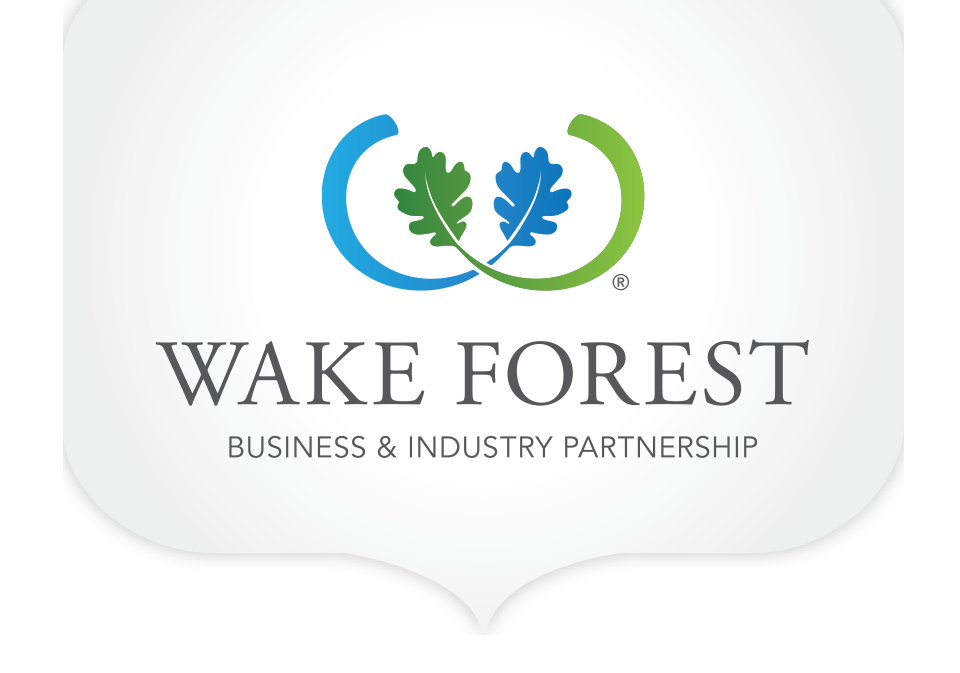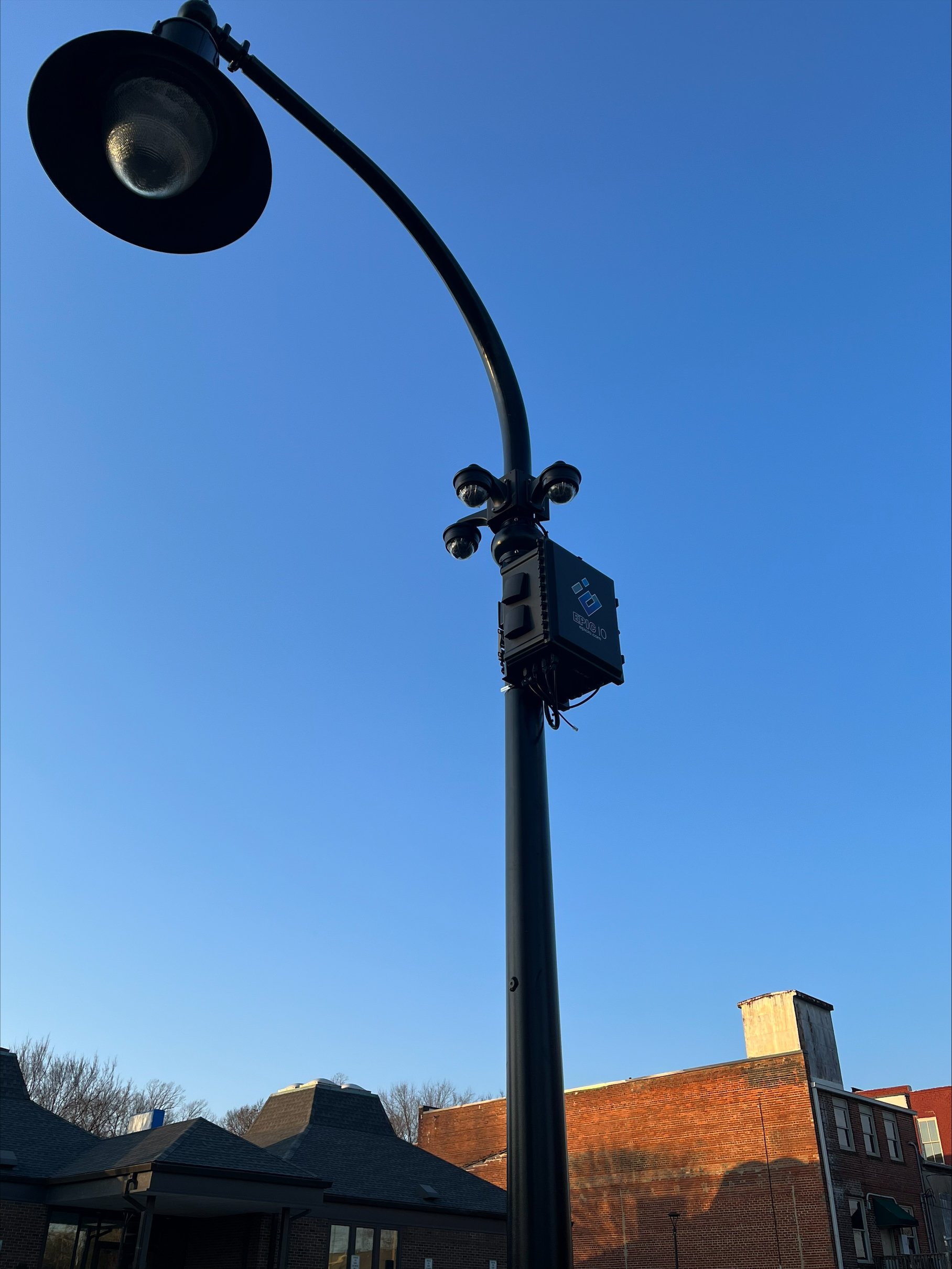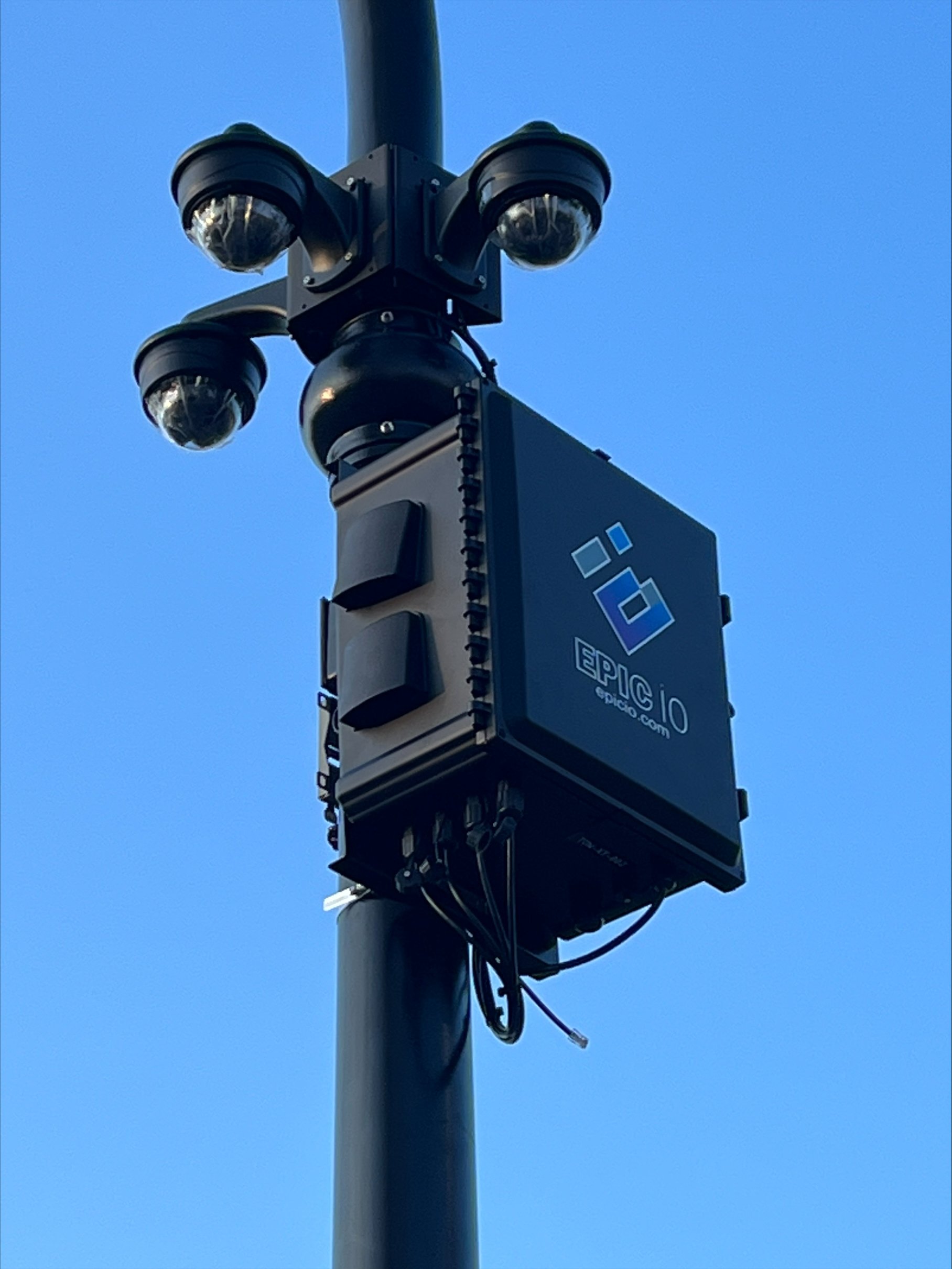A $14.5 million federal grant as part of the American Rescue Plan Act (ARPA) is bringing pioneering new technologies to Downtown Wake Forest that can improve the delivery of critical public services and provide residents and small businesses with actionable information in real time.
Town officials recently installed Internet of Things (“IoT”) devices at seven locations along Owen Avenue and South White Street. The technology consists of IoT sensors that identify things like traffic patterns, pedestrian flow, event headcount, parking space availability, and public safety hazards. Data from the sensors will inform Town planners and emergency management personnel but will also be shared with local merchants to help them craft marketing strategies and gauge staffing needs.
“This is part of the smart cities movement that the Town has been interested in for a long time,” explains Adam Oates, Chief Information Officer for the Town of Wake Forest. The Town’s Technical Advisory Board, which helps guide municipal policy regarding technology and economic development, has also been seeking opportunities to apply cutting-edge innovation to address local challenges. “Downtown was selected as a pilot project,” Oates says.
The sensors can provide more accurate estimates of crowds at public gatherings like the Chamber’s annual “Meet in the Street” so that Town leaders, vendors, and sponsors can anticipate opportunities and needs. “It’s useful for future events to have an accurate headcount rather than a ballpark guesstimate,” says Oates. Vehicular flow and parking needs can also be gauged more effectively, enabling citizens to receive real-time guidance on routes to take and where to find parking. As the Town completes its new downtown parking deck, for instance, visitors and residents will be able to access directions to available spots.
Public safety will also be enhanced. “We can track crosswalks for near-misses,” Oates says. “We want to know if a pedestrian nearly gets hit so we can put in additional signage or even move the crosswalk.”
Tom Snyder, vice president of the Wireless Research Center, a nonprofit based in Wake Forest, says the real value sensors add lies in the predictive models they can generate. “When you see the word ‘smart,’ that really just means IoT and data,” says Snyder. “Once you start collecting data in real-time, you can increasingly begin to automate things.” Motorists, for example, can be re-directed from low-lying roads well before heavy rains produce flash floods. “All this enables cities to run their operations more efficiently and also creates a more desirable place to do business,” Snyder says.
The WRC is a unique, independent nonprofit empowering collaboration, innovation, entrepreneurship, and technology-led economic development to improve communities, create companies and jobs, and provide digital skill training to bridge the digital divide. The WRC Technologies team is dedicated to applied research and engineering, working globally with clients to develop and test products and services that advance wireless technology innovation. The WRC was founded in 2010 by Dr. Gerry Hayes, who holds more than 75 patents across a career that spans R&D leadership roles at Lockheed and Sony Ericsson. Funding from the Town of Wake Forest and two Golden LEAF grants helped shape the organization into a formidable public resource. “We still maintain a close relationship with the Town,” Hayes says. “Wake Forest’s forward-thinking has been very consistent.”
The ARPA grant is also upgrading the Town’s public WiFi system, which is now eight years old and bumping up against technical limitations. “We’re also expanding all of our wireless downtown,” says Town CIO Oates. “We’re going to get a bigger coverage area that should be much faster and definitely cover quite a bit more of downtown,” Oates says. The new system will be more scalable as well, enabling the Town to make future expansions as user needs grow more easily.
New technologies will also boost Wake Forest as it makes its case in attracting businesses and residents. “We have a reputation for innovation, and that reputation has a shelf-life we must constantly keep up to date,” says Jason Cannon, President of the Wake Forest Business & Industry Partnership (WFBIP), which works to recruit companies with high growth potential. “It’s a big part of our region’s brand, but it also speaks compellingly to the quality of life that businesses expect when they make big economic investments in a community,” Cannon says.
Being home to an organization like the Wireless Research Center, as well as the obvious commitment Town officials have made to stay at the cutting-edge of technology, keeps Wake Forest on the radar screens of business decision-makers as they explore possible locations for expansion and new operations. “But this exciting new technology is also something everyone can participate in,” Cannon says. “This innovation has inclusive benefits for people from all walks of life who work in, live in, or visit our community.”






